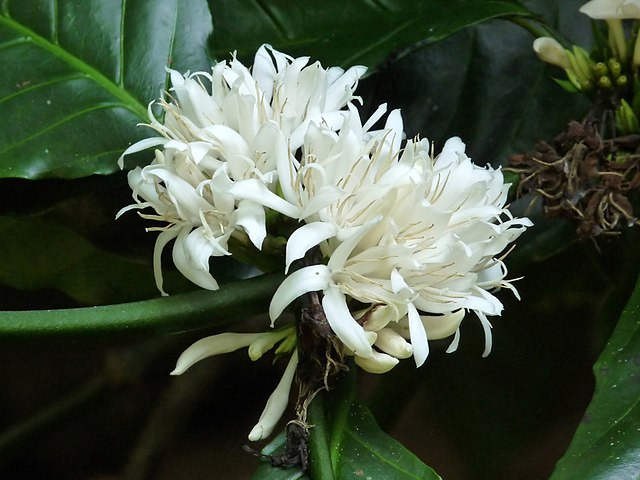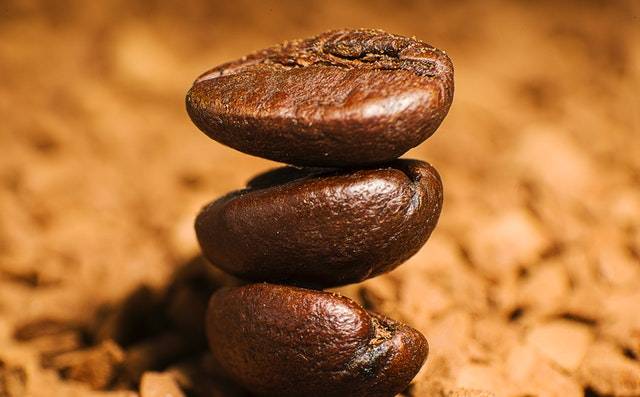Indian Coffee:
This brewery gives us the power to start our day full of enthusiasm.
Here is the interesting story of how the production of coffee and its journey started in India
Coffee was imputed first to Ethiopia and then to Arabia (Yemen). Green Coffee seeds were considered an illegal act to carry outside Arabia.
An Indian man named Baba Budan while returning from the holy place Mecca hide the seven coffee beans in his beard and bought them to Mysore in India. He planted the coffee seeds in Chandra Drona Giri in the Chikkamagaluru district and this was the beginning of the coffee industry in India.

Soon the tillage of Baba Budan’s coffee seed was started by private native Indian owners and it was first established in 1840. It started growing to the other areas of Wayanad, Kerala to the Shevaroys and Nilgiris in Tamil Nadu.
There was a strong presence of Britishers in India in the mid of 19th century and the process of coffee exporting was initiated.
In 1942 Coffee Board of India was established and operated by the Ministry of Commerce and Industry as the government decided to modulate the export of coffee and fortify the paltry and marginal farmers bypassing the Coffee VII Act of 1942.
Karnataka is the largest coffee-producing state in India. Nearly about 71% of the coffee is produced over throughout the South Indian states.
Indian coffee quality is said to be one of the first-rated coffees grown in the shade rather than in direct sunlight. According to the data, there are about 2,50,000 coffee planters in India.
Coffee Growth in Karnataka
Coffee is grown in the three major states that are Karnataka, Tamil Nadu, and Kerala. Also, the coffee is grown in non-traditional areas in the eastern states like Assam, Manipur, Mizoram, Tripura, Nagaland, and Arunachal Pradesh.
Most of the coffee planters almost 98% operate in a small size. According to Wikipedia Coffee in India was made up just 4.5% of the global production and 80% of coffee is exported. Countries, where 70% of coffee is exported, are Russia, Spain, Belgium, Slovenia, UK, US, Germany, Greece, Japan, Netherlands, and France. Italy settles with 29%.
Indian coffee is mostly termed as “Indian Monsooned Coffee” as the coffee in India grows majorly in south states under monsoon rainfall conditions.
The two famous genus coffees grown are Arabica and Robusta. The species was introduced as Baba Budan Giri hill ranges of Karnataka in the 17th Century.
Coorg Coffee Estate
The first coffee estate was established in Coorg by a Britisher Mr. John Flower. This coffee estate is grown around one of the major districts of Karnataka like Chikmagalur, Hassan, and Coorg.
Tata is one of the largest coffee producers and has the largest coffee plantation in the world. Tata owes 19 coffee estates in South India.
Coffee quality grown in Coorg is known as one of the best mild coffees in the world. During the British rule, they identified the importance of coffee quality and started building coffee plants in a colossal way in Coorg.
5 Places to Visit for Every Coffee Diehard.
- Glenrock Estates:
- Honey Valley
- Misty Woods
- Palace Estate
- Thalanar Coffee Estate
Coffee Growing Constrains
Coffee is grown under two tiers of shade in India. Intercropping with spices such as cardamom, cinnamon, clove, and nutmeg the coffee gains aromatics.
The famous coffee beans Arabica and Robusta have to maintain the growing altitude range. Arabica beans between 3,300 ft to 4,900 ft above the sea level and 1,600 ft to 3,300 ft above sea level for Robusta.
Blooming and Maturing
Coffee plants bloom with the white flower which remains for the period of 3-4 days before they mature into seeds.

The blooming and maturing time period of beans depend upon the variety and climate like Arabica for seven months and Robusta for nine months.
Climatic Condition to Grow Coffee
Climatic conditions to grow coffee are dependent upon temperature and rainfall. The temperature is in the range of 23 degrees C to 28 degrees C and rainfall is within the range of 60 to 80 inches.
Extreme freezing temperatures are not suitable and rainfall less than 40 inches are not suitable to grow coffee.
Coffee Fruit Diseases
Hemileia Vastratrix an endophyte is a disease found commonly in coffee flowers. No such far medicine has been discovered to overcome it.
Coffee Processing.
Coffee in India is processed under two methods.
- Dry processing
- Wet processing.
Dry Processing: The traditional method includes drying in the sun which preserves flavor-producing fruit aspects.
Wet Processing: Coffee beans are froth and washed which is the preferred method for improved yields. In wet processing, the beans are been then set apart for defective seeds.

